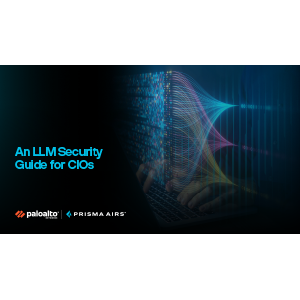In the heat of the AI race, many enterprises deploy LLM applications without robust security hardening, turning a massive productivity gain into a potential liability. Your role as CIO is to establish a clear security playbook that ensures your AI initiatives are not only innovative but also secure and resilient.
This guide provides the strategic framework needed to transform LLM security from a theoretical concern into a proactive, integrated part of your cybersecurity program.
What you will learn in this essential executive guide:
The New Threat Landscape: Understand the unique risks of LLMs, including those defined by the OWASP Top 10 (like Prompt Injection, Data/Model Poisoning, and sensitive data leakage).
Operationalizing AI Security: Implement a foundational, five-step framework to reduce risk, including getting ahead of Shadow AI and building deeper security expertise across your teams.
Securing Agentic AI: Examine the next class of threats introduced by autonomous LLM agents—where vulnerabilities can be exploited in tools, memory, permissions, and planning logic.
Defense-in-Depth: Explore advanced architectures like Retrieval-Augmented Generation (RAG) to provide LLMs with a private, verifiable knowledge base, improving accuracy and protecting sensitive data.
The Last Line of Defense: Learn how to implement Runtime Security to continuously inspect prompts and responses, stop malicious behavior like prompt injection, and enforce policy controls, with examples using Prisma AIRS.
Don't let innovation outpace security. Download the guide to secure your organization's AI journey with a repeatable framework that gives your team full visibility and enforces clear guardrails
